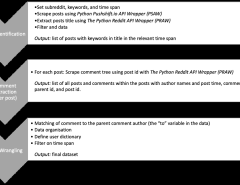Authors: Mingxaun Liu, Jiankai Tang, Haoxiang Li, Jiahao Qi, Siwei Li, Kegang Wang, Yuntao Wang, Hong Chen
Published on: February 07, 2024
Impact Score: 8.15
Arxiv code: Arxiv:2402.04798
Summary
- What is new: First use of SNNs for rPPG, proposing a hybrid model, the Spiking-PhysFormer, designed to cut down power usage.
- Why this is important: Existing ANN-based methods for rPPG require significant computing resources, hindering deployment on mobile devices.
- What the research proposes: A hybrid neural network combining ANNs and SNNs, specifically designed to reduce power consumption without sacrificing performance.
- Results: Achieves a 12.4% reduction in power consumption compared to PhysFormer, with a transformer block that uses 12.2 times less power while maintaining comparable performance.
Technical Details
Technological frameworks used: nan
Models used: Spiking Neural Networks, Artificial Neural Networks, Spiking-PhysFormer
Data used: PURE, UBFC-rPPG, UBFC-Phys, MMPD datasets
Potential Impact
Mobile health monitoring, wearable technology companies, smartphone manufacturers
Want to implement this idea in a business?
We have generated a startup concept here: HeartLink.




Leave a Reply